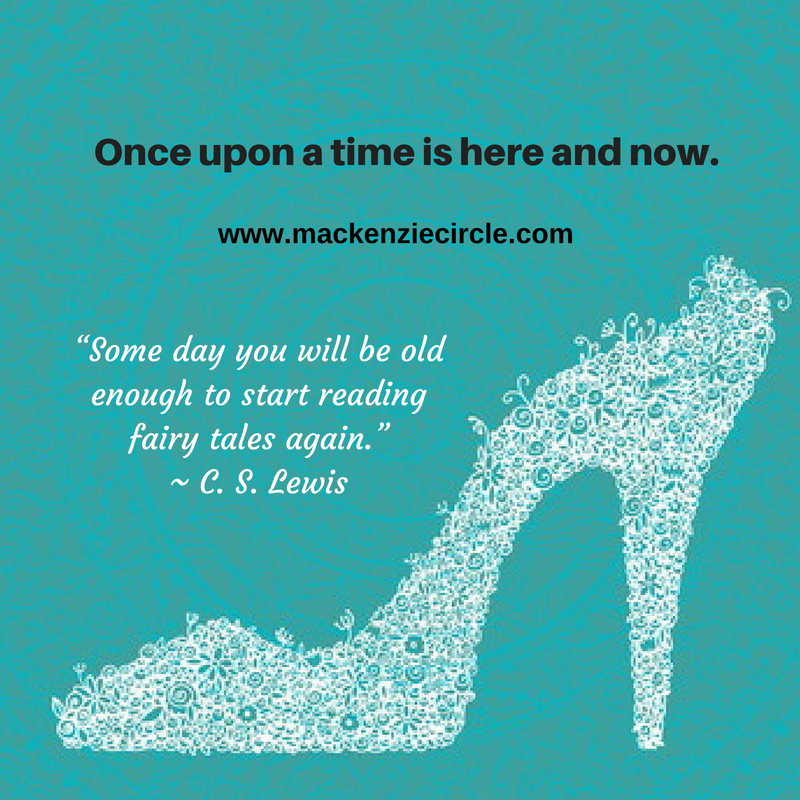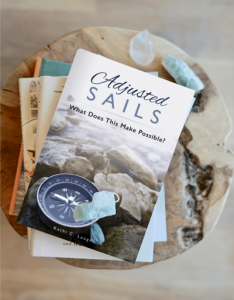 One of the success philosophies taught by thought leader Napoleon Hill is that “It is always your next move.”
One of the success philosophies taught by thought leader Napoleon Hill is that “It is always your next move.”
When building a personal or professional platform, there are three essential elements that can guide our steps as we make each move.
The first element is education. Before we can have a platform, we need to know what it is and have a depth of knowledge that allows us to champion it with passion and purpose. For a platform to be sustainable, it must also include growth. And so a continued focus on education for ourselves and our community is an essential component.
The second element is engagement. A platform without a community or audience is merely a person with an opinion. We have to engage an audience in dialogue. We need to ensure that the platform is of value and serves.
The third element is execution. A platform without associated action will not create change. In the words of the Greek philosopher Epictetus: “First say to yourself what you would be; and then do what you have to do.”
The key to this is translating it into activities within each element. My professional platform is centered on personal possibility. The philosophy that there are abundant options. I am always researching and looking for possibilities. My personal quest is to learn something new everyday and then teach someone. Engagement is covered by the teaching activity in many cases. The execution comes with creating the framework where all of this happens. That translates into the creation of a business focused on personal and professional development.
As I begin each day, I keep those three elements front of mind when planning my activities. As I end each day, I reflect on their value and presence. What a wonderful way to serve: Learning, Listening and Leading. What a rewarding way to live.
Thank you for being part of my community.







 I love a good story. Don’t you? It pulls me in and I am transported to a place where I am present. I am fully engaged with the writer (or speaker). It is why non-fiction platforms are most effectively delivered in a fictional setting. As a story. It allows the reader to take abstract ideas and concepts and begin to see each premise as it relates to them. It actually makes the material more real.
I love a good story. Don’t you? It pulls me in and I am transported to a place where I am present. I am fully engaged with the writer (or speaker). It is why non-fiction platforms are most effectively delivered in a fictional setting. As a story. It allows the reader to take abstract ideas and concepts and begin to see each premise as it relates to them. It actually makes the material more real.


